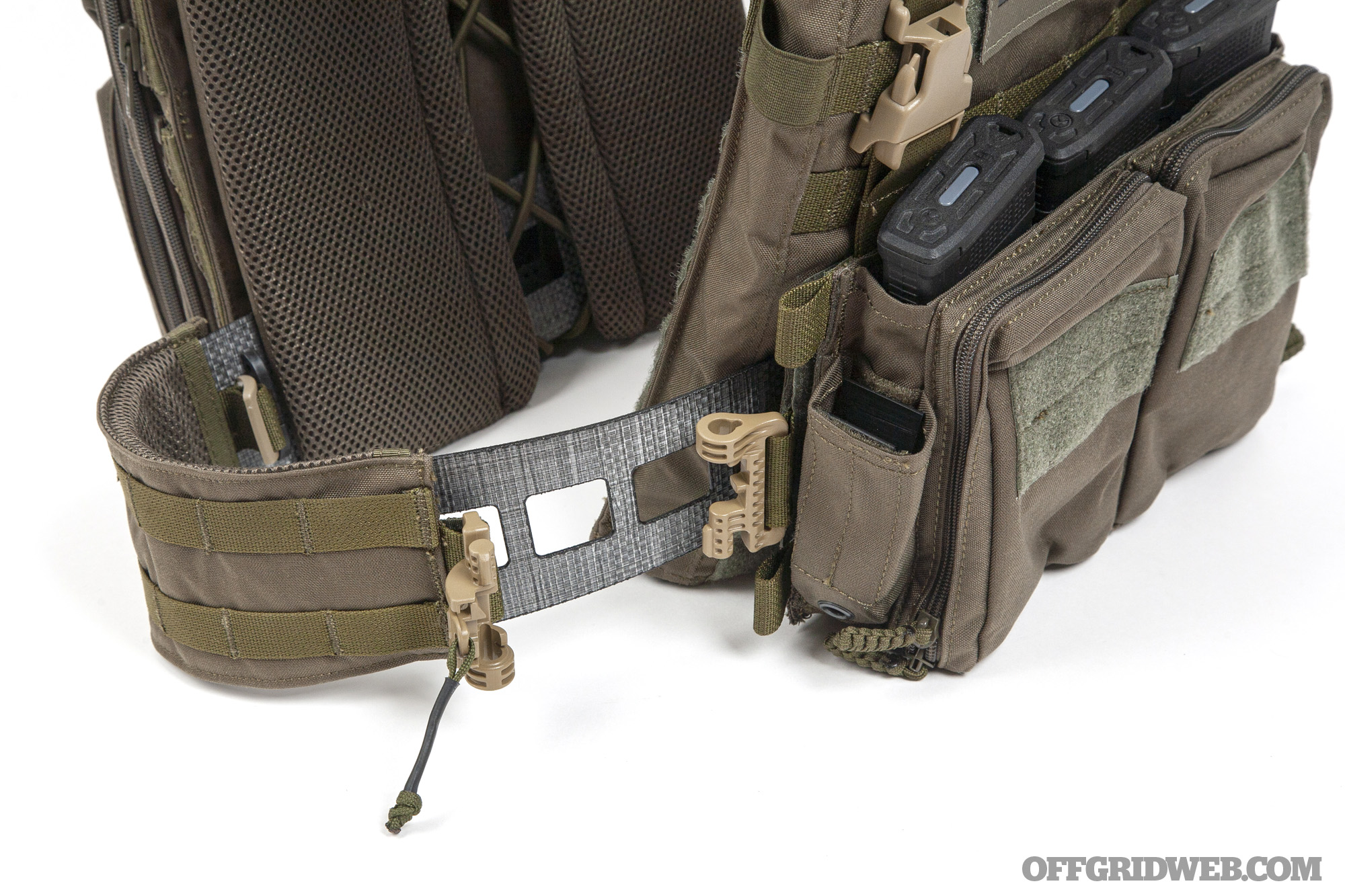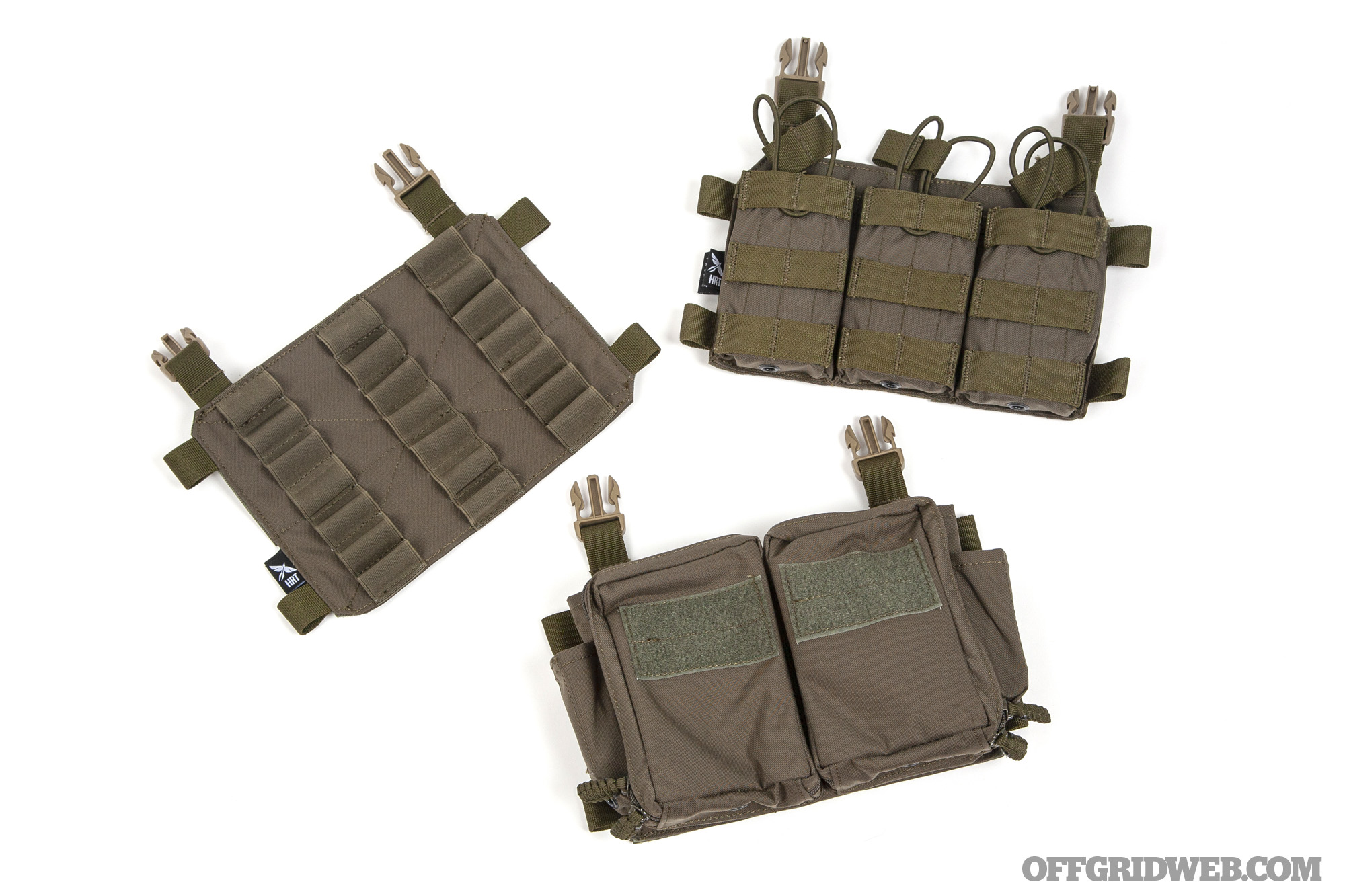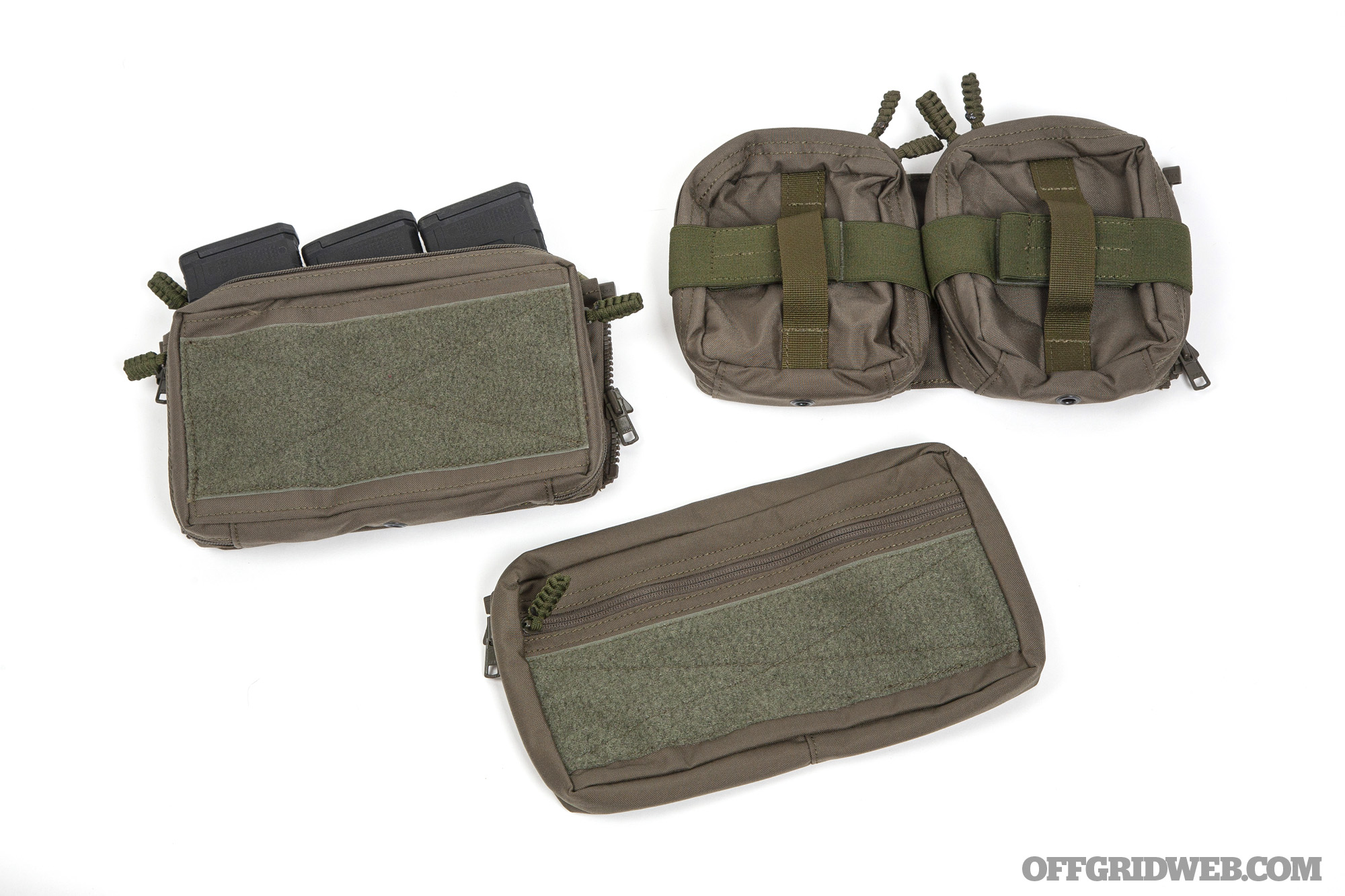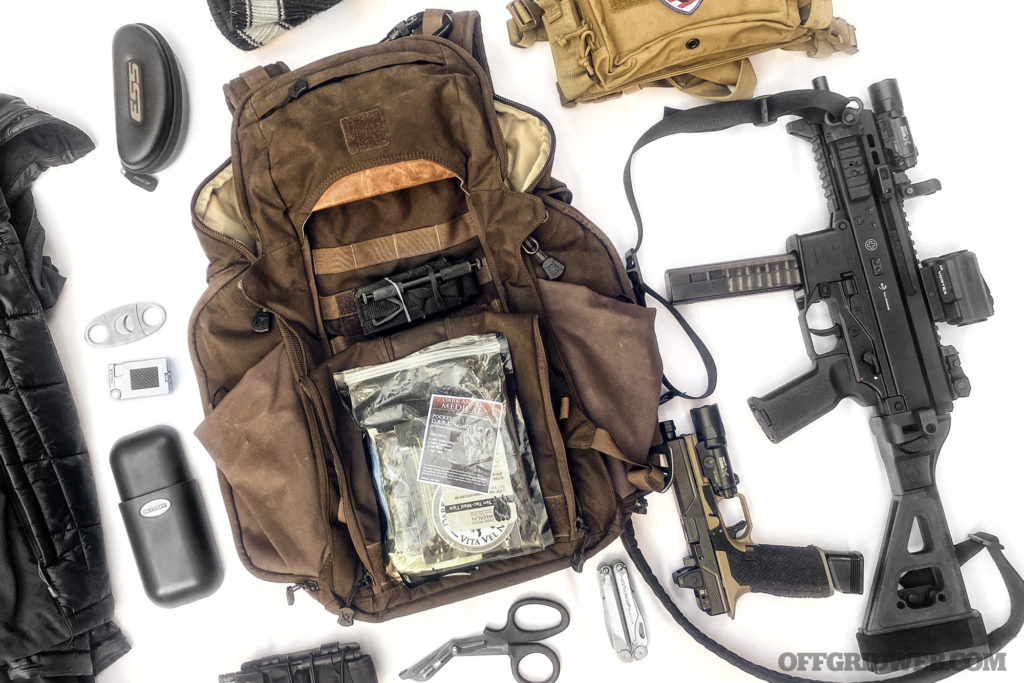This week, HRT Tactical announced the launch of a new plate carrier that they’re calling the LBAC – Load Bearing Adaptive Carrier. We’ve spent the last couple of weeks with it and expect to a have full in-depth review for you later this year but, in the meantime, we wanted to share our initial impressions and review the LBAC’s feature suite. Aptly named, the LBAC is indeed both load bearing and adaptive, with some pretty unique design features in both areas.
Photos by Patrick McCarthy
HRT Tactical Load Bearing System
The vast majority of plate carriers on the market are of straightforward design: front and rear plate bags with shoulder straps, typically hard-sewn or Velcroed together, and a cummerbund of some type. Newer, more scalable carriers typically use Velcro for the arms of the cummerbund as well. This allows them to be adjusted and interchanged however the user prefers. The LBAC has all of these features, but goes a step further by using a sort of internal chassis design for the core of the carrier itself.
This chassis features two pieces that function as both back pads and shoulder straps – one left piece and one right piece. They consist of thick, spongy mesh padding reinforced with what feels like thin polymer sewn inside. These two pieces are laced together with shock cord to form a load-bearing core with a sort of “independent rear suspension” system that allows the two halves to articulate individually as your body twists and turns. (It also allows increased airflow down the middle of your back.) The front and rear plate bags are attached to this chassis, then secured around the waist with a rigid cummerbund. The rigid skeleton tucks into the front plate bag and comes with MOLLE-webbed sleeves that also feature quick-release buckles.
While the chassis system helps cushion and flex the load on your shoulders, this stiffened cummerbund disperses a portion of that load onto your hips. Where a cloth cummerbund simply wraps around your abdomen, this one actually rides on your mid-section and had enough rigidity to help hold up the loaded carrier.
Over the last couple of years, we have watched as the trend of ultra-minimalist, ultra-low-profile plate carrier setups has begun to reverse towards heavier loadouts with more ammunition, more onboard storage, and especially the integration of communications equipment. For folks who want to pack more fight for the fight, the internal load-bearing features of the LBAC make it a very attractive choice.
Adaptability & Modularity
You may already recognize some of the HRT Tactical front panels in these photos from previous articles, where they have been attached to a variety of other plate carriers. Their panel designs use standard one-inch side release buckles, with a hook-side Velcro back. This setup allows you to swap the front panels for different mission sets with a couple of clicks and tugs. Our test sample came with their 3-mag 5.56mm placard, a dedicated shotgun panel that’s chock full of elastic loops for shells, and their Maximus placard (pictured below).
The Maximus is one of our favorite products that HRT makes. It features a kangaroo pocket that can be fitted with a variety of elastic mag retainer inserts – you can configure it for two large 7.62mm magazines, three smaller 5.56mm magazines, or five 9mm PCC/subgun/PDW mags. The Maximus also features two square front pockets with internal elastic loops that are ideal for medical supplies, signaling or survival equipment, batteries for electronics, or even just a couple of meal replacement bars. Each end of the Maximus has a double-stack pistol mag pouch with removable top flap and removable polymer insert that offers additional retention, with or without the top flap.
Similarly, the rear plate bag features HRT’s dual-zip system, which uses two pairs of short zipper sections to attach a variety of back panels.
There are half- and full-panel options, and our sample carrier came with both. Full panel options include an all-MOLLE panel, as well as a small “turtle shell” backpack-style panel that offers general-purpose storage for water bladders and other supplies. Half-panel options can be plugged in to create a rear load tailored to your needs. This is especially useful for tactical teams running the LBAC as a unit-issued carrier. Half-zip panels include options for dual GP pouches, a single zippered admin pouch, and triple-mag shingle with additional admin storage. Though not included in our T&E package, HRT’s website also has half-panel variations with pull-out med kits or quad flashbang grenade pouches.
Above: A few examples of zip-on half-panels that can be mixed and matched on the rear of the LBAC plate carrier.
Closing Thoughts
The HRT Tactical LBAC is available now, starting at $430 for a complete carrier with 10 x 12 plate bags, in most of the staple colors and camo patterns. If you run an XL carrier with 11 x 14 plates, it appears that an option for you is in the works as well. While it’s not the least expensive carrier we’ve seen lately, the amount of scalability and load-bearing optimization built into this system makes it truly an investment in a multipurpose ecosystem that could make the LBAC your “one carrier” for years to come. Stay tuned for more in-depth field testing, coming soon.
Related Posts
The post First Look: HRT Tactical LBAC Plate Carrier appeared first on RECOIL OFFGRID.


















